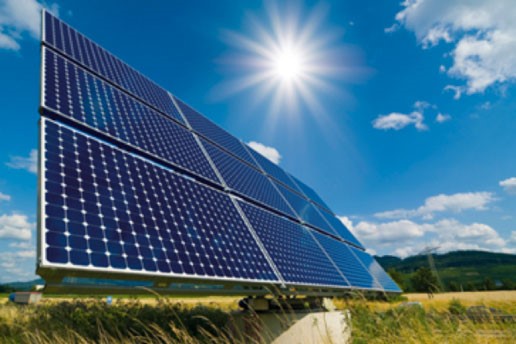Posted on 26th Mar 2024

Solar energy has emerged as a promising alternative to traditional fossil fuels, offering clean, renewable power while reducing carbon emissions. Among the various applications of solar technology, solar drives have gained attention for their potential to power everything from vehicles to machinery. As interest in Darwin Motion solar drives Matrix 350 grows, understanding the factors influencing their prices becomes crucial for investors, businesses, and consumers alike.
Technological Advancements: Advances in solar technology play a significant role in determining the cost of solar drives. Over the years, innovations such as more efficient photovoltaic cells, improved battery storage, and enhanced power management systems have contributed to lowering the overall cost of solar drives. As research and development continue, prices are expected to further decline.
Economies of Scale: Like many other technologies, solar drives benefit from economies of scale. Larger-scale production allows manufacturers to spread fixed costs across a greater number of units, resulting in lower per-unit costs. As the solar industry continues to expand globally and production volumes increase, economies of scale are driving down the prices of solar drives.
Material Costs: The materials used in manufacturing solar drives or ac drive, such as silicon for photovoltaic cells and lithium-ion batteries for energy storage, significantly impact their prices. Fluctuations in commodity prices, supply chain disruptions, and changes in manufacturing processes can all influence material costs and, consequently, the overall price of solar drives.
Installation Costs: The cost of installing solar drives includes expenses related to labor, permits, mounting hardware, and electrical components. Factors such as site-specific conditions, project complexity, and local regulations can affect installation costs. Additionally, advancements in installation techniques and standardized processes can help reduce these costs over time.
Government Incentives and Policies: Government incentives, such as tax credits, rebates, and subsidies, can significantly offset the upfront costs of investing in solar drives. Moreover, supportive policies, such as net metering and feed-in tariffs, can enhance the economic viability of solar energy systems by enabling users to sell excess electricity back to the grid. The availability and generosity of these incentives and policies vary by region and can impact the overall affordability of solar drives.
Research and Development Investments: Ongoing investments in research and development (R&D) are critical for driving innovation and improving the efficiency and affordability of solar drives. Government funding, private sector investments, and academic research contribute to advancing solar technology, ultimately leading to cost reductions and performance improvements.
While the initial investment in solar vfd drive may seem significant, it's essential to consider their long-term benefits and return on investment (ROI). Solar drives offer several advantages, including:
Cost Savings: Solar drives can significantly reduce operating costs by harnessing free sunlight as a renewable energy source, thereby lowering dependence on conventional fuels and electricity from the grid.
Environmental Benefits: By utilizing clean, renewable energy, solar drives help mitigate greenhouse gas emissions and reduce environmental pollution, contributing to a more sustainable future.
Energy Independence: Solar drives provide a decentralized energy solution, offering greater energy independence and resilience against power outages and disruptions.
Long-Term Value: With proper maintenance, solar drives can provide reliable and sustainable power for many years, offering long-term value and stability compared to fossil fuel-based alternatives.
The Darwin Motion solar drive price are influenced by various factors, including technological advancements, economies of scale, material costs, installation expenses, government incentives, and research and development efforts. While the upfront costs of solar drives may vary depending on these factors, their long-term benefits and investment value make them an attractive option for businesses, consumers, and investors looking to embrace clean energy solutions and contribute to a more sustainable future. As the solar industry continues to evolve and mature, further cost reductions and performance improvements are expected, making solar drives an increasingly viable and accessible energy solution worldwide.